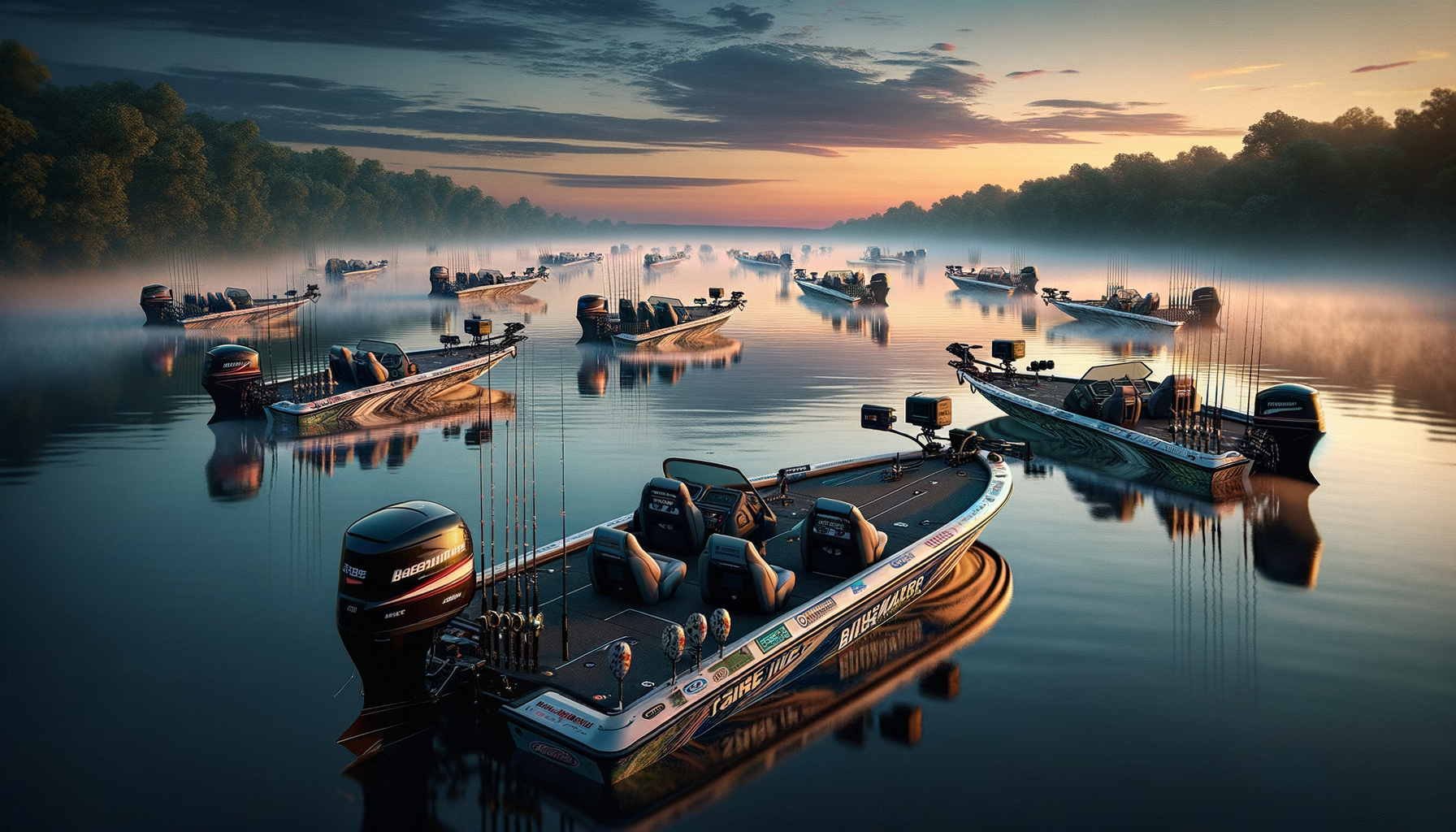
Exploring the World of Freshwater Fishing Boats
Introduction to Freshwater Fishing Boats
Freshwater fishing is a beloved pastime for many, offering a peaceful retreat into nature and the thrill of the catch. A crucial component of this activity is the fishing boat, which serves as both a platform for angling and a means to access prime fishing locations. Understanding the different types of freshwater fishing boats can significantly enhance your fishing experience, whether you’re a seasoned angler or a beginner.
Fishing boats are designed with specific features to cater to various fishing styles and environments. These boats vary in size, design, and functionality, making it essential to choose one that aligns with your fishing needs and preferences. In this article, we will delve into the types of freshwater fishing boats, their features, and what makes them suitable for different fishing scenarios.
Types of Freshwater Fishing Boats
When it comes to freshwater fishing, there are several types of boats to consider, each with unique characteristics that make them suited for specific fishing environments and techniques.
1. **Bass Boats**: Designed for speed and agility, bass boats are perfect for anglers who target bass and other similar species. These boats are equipped with powerful motors, allowing quick navigation across lakes and rivers. They often feature elevated platforms for better casting and spotting fish.
2. **Jon Boats**: Known for their flat bottoms, Jon boats are ideal for shallow waters. They are lightweight and easy to maneuver, making them a popular choice for fishing in rivers, ponds, and small lakes. Their simplicity and affordability make them accessible to many anglers.
3. **Pontoon Boats**: Offering stability and comfort, pontoon boats are great for family fishing trips. They provide ample space and can be equipped with various amenities, making them suitable for leisurely fishing outings.
4. **Kayaks**: For those who enjoy a more intimate fishing experience, kayaks offer a quiet and eco-friendly option. They allow access to hard-to-reach fishing spots and are easy to transport and store.
Each type of boat serves a distinct purpose, and choosing the right one depends on your fishing habits, the water bodies you frequent, and personal preferences.
Key Features to Consider
When selecting a freshwater fishing boat, there are several features to consider to ensure it meets your needs:
- **Hull Design**: The hull design affects the boat’s stability, speed, and ability to navigate different water conditions. For example, V-shaped hulls are better for choppy waters, while flat-bottomed hulls are ideal for calm, shallow waters.
- **Storage Capacity**: Ample storage is crucial for keeping your fishing gear organized and accessible. Consider boats with built-in compartments and live wells for bait and catch storage.
- **Seating and Comfort**: Comfortable seating can make long fishing trips more enjoyable. Look for boats with adjustable seats and enough space for movement.
- **Motor Type and Power**: The motor’s power should match the size of the boat and the waters you plan to navigate. Electric motors are suitable for smaller, quieter waters, while larger boats may require more powerful gas engines.
By carefully evaluating these features, you can select a boat that enhances your fishing experience and meets your specific requirements.
Conclusion: Choosing the Right Freshwater Fishing Boat
Selecting the right freshwater fishing boat is a decision that can greatly influence your angling success and enjoyment. By understanding the different types of boats available and considering key features such as hull design, storage capacity, and motor power, you can make an informed choice that aligns with your fishing goals.
Whether you prefer the speed and agility of a bass boat, the stability of a pontoon, or the simplicity of a Jon boat, there is a freshwater fishing boat to suit every angler’s needs. As you embark on your fishing adventures, let your boat be a reliable companion that enhances your connection with nature and the joy of the catch.


